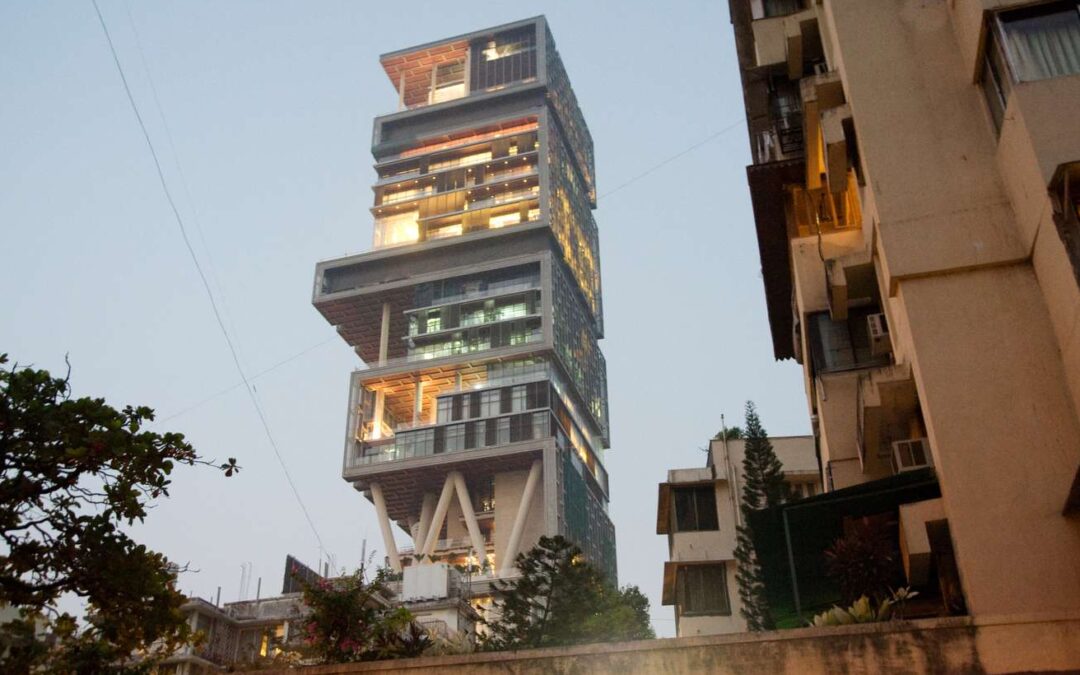Bombay, now known as Mumbai, is a city that encapsulates a rich tapestry of history, culture, and architectural diversity. Among its many architectural styles, Modernist houses stand out as elegant expressions of design that emerged during the mid-20th century. This article explores the distinctive features and cultural significance of Modernist houses in Bombay, shedding light on the architects and influences that shaped these iconic structures.
Historical Context:
The Modernist movement in architecture gained momentum in the mid-20th century as a departure from traditional styles. In Bombay, the cityscape was transforming, and a new generation of architects sought to break away from historical precedents to create structures that embraced simplicity, functionality, and a connection with the surrounding environment.
Influential Architects:
Charles Correa: One of the most prominent figures in Modernist architecture in Bombay was Charles Correa. His designs seamlessly blended traditional Indian elements with Modernist principles. Notable works include the Kanchanjunga Apartments and the Jawahar Kala Kendra in Jaipur.
Achyut Kanvinde: Achyut Kanvinde, a pioneer of Modernist architecture in India, contributed significantly to the Bombay skyline. His work, such as the Indian Institute of Technology (IIT) campus and the National Science Centre, showcased his commitment to functionalism and a rationalist approach.
V. Doshi: Balkrishna Doshi, another luminary of Indian architecture, left an indelible mark on Bombay’s architectural landscape. His contributions include the ATMA House and the Kamala Raheja Vidyanidhi Institute for Architecture and Environmental Studies.
Architectural Features:
Simplicity and Functionality: Modernist houses in Bombay are characterized by clean lines and a focus on simplicity. The emphasis on functionality is evident in the efficient use of space and the integration of modern amenities.
Flat Roofs and Open Spaces: Modernist houses often feature flat roofs, a departure from traditional sloped roofs. This design choice not only adds a contemporary aesthetic but also provides opportunities for rooftop gardens and open spaces.
Large Windows and Natural Light: The use of large windows is a hallmark of Modernist houses, allowing abundant natural light to filter into the interiors. This not only enhances the visual appeal but also promotes a connection with the surrounding landscape.
Incorporation of Local Materials: Architects often integrated local materials into Modernist designs, creating a harmonious blend of global Modernism and regional influences. This approach sought to establish a dialogue between the contemporary and the vernacular.
Cultural Significance:
Integration of Tradition and Modernity: Modernist houses in Bombay represent a delicate balance between tradition and modernity. Architects consciously integrated elements of Indian architecture, such as courtyards and jalis (perforated screens), into their designs, fostering a sense of cultural continuity.
Response to Urban Challenges: In a rapidly growing and evolving urban environment, Modernist houses addressed the need for efficient, adaptable living spaces. The designs responded to the challenges posed by urbanization, providing a blueprint for contemporary living.
Cultural Catalysts: Modernist houses became cultural catalysts, influencing not only architectural discourse but also shaping societal perceptions of lifestyle and aesthetics. They played a role in redefining the visual identity of Bombay as a progressive and cosmopolitan city.
Preservation and Challenges:
While these Modernist houses contribute significantly to Bombay’s architectural heritage, many face challenges related to preservation. Rapid urban development, changing land-use patterns, and the need for modern amenities often place these structures at risk. Efforts to raise awareness about their cultural and historical significance are crucial to ensuring their preservation for future generations.
Conclusion:
The Modernist houses of Bombay stand as testaments to a transformative era in architecture, where visionary architects reimagined the cityscape with a blend of global Modernist principles and local sensibilities. As the city continues to evolve, preserving these architectural gems becomes essential for maintaining a tangible link to Bombay’s cultural and design history. The legacy of Modernist houses in Bombay is not only an architectural triumph but also a celebration of the city’s ability to embrace elegance, innovation, and the spirit of progress.

